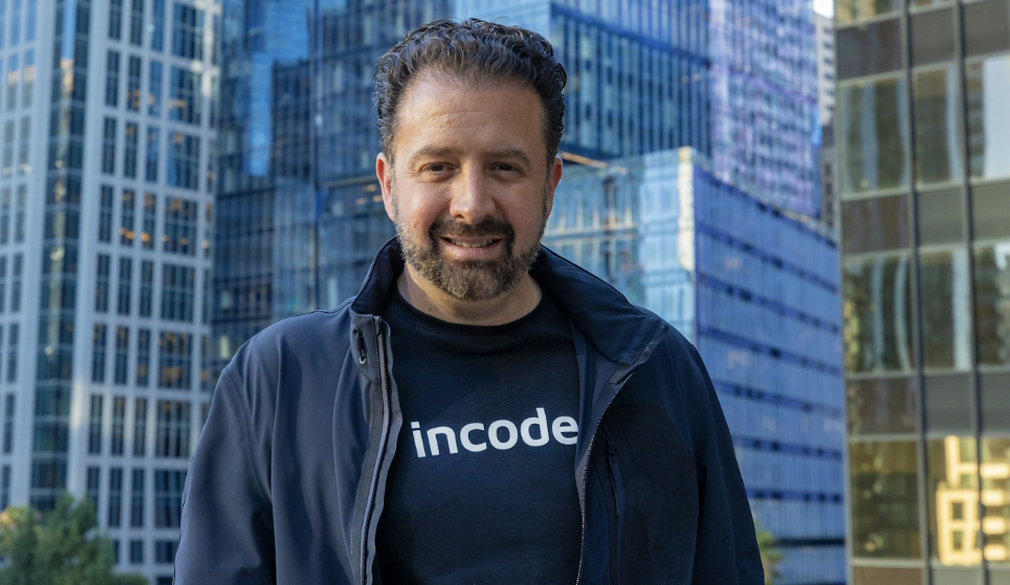Data is out of the bag, so how do we protect customers now?
- Written by Ricardo Amper, CEO and Founder of Incode

Data is out of the bag and there is no way to stop the spread of information. So, how can we protect our identities from theft and ongoing fraud? Australian consumers and businesses are actively battling a significant uptick in fraudulent activity and targeted cyberattacks. Last year, more than 11 million Australians’ personal information was stolen in major data breaches with many consumers being victim to multiple invasions.
The Australian Cyber Security Centre (ACSC) revealed in its third annual threat report that it received more than 76,000 cybercrime reports in the past financial year, which is a 13% increase compared with the previous year. The ACSC says it now receives a cybercrime report every seven minutes and the average cost of each cybercrime reported has increased: it’s now $40,000 for small businesses, approximately $88,000 for medium businesses and more than $62,000 for large businesses.
Accurate user identity proofing is both increasingly important and challenging.Traditional verification methods are ineffective at verifying the authenticity of identification documentation, and the legitimacy of those submitting them. The recent breaches have exacerbated the urgent need to shift identity verification away from traditional methods towards modern technologies that leverage biometrics and artificial intelligence (AI).
Businesses of all sizes need to move away from fraud prone, unreliable identity systems and adopt seamless, unbiased solutions.
The issue with traditional verification methods
The recent data breaches have exposed critical flaws in current verification methods including the reliance on paper-based documents and the legal storage of personal information well beyond verification. A government report looking into Australia’s current ID system found that both the government and private sector collect and retain too much data.
The various forms of documentation needed to verify a person's identity invites significant risk of cyber criminals targeting organisations with troves of information. A survey by the Australian Institute of Criminology (AIC) found that one in four Australians have been victims of identity crime at some point in their lives. As personal information is continually stolen in breaches, consumers and businesses are facing a new challenge around how to verify identity in an environment of low trust.
Businesses are facing a challenging situation
As cybercrime continues to evolve and become more sophisticated, traditional forms of verification that were once effective can no longer reliably ensure that the person creating the account is the actual account owner. The new problem that will emerge for businesses is how to determine what documents are real and what are fraudulent.
With vaults of data exposed, it is easy for cyber criminals to create false accounts that generate legitimate documentation that can be used to prove an identity. For example, if a criminal has multiple ID documents, they can create an account with an electricity provider—using legitimate documents to create an account that provides more points of identification. If businesses cannot trust the document required to prove identity, then it is time to adopt new verification methods to strengthen the process while maintaining a seamless customer experience.
A modern approach to identification
Technology advancements in biometrics and AI are emerging as a secure and convenient solution to reduce fraud and improve security while allowing businesses to still offer great user experience. Biometric authentication methods such as facial recognition are becoming increasingly popular tools to secure digital transactions while providing customers with a frictionless user experience. AI is then used to analyse data captured through biometrics tools and verify its authenticity. For example, AI can analyse facial recognition data to distinguish a 2D flat image from a 3D live image.
With this innovative technology, businesses can verify someone’s identity quickly using biometrics through their mobile phone and automated document verification, checking information with government sources. This is secure, convenient, and effective and removes the need for countless documents to be submitted.
Businesses of all sizes need to adopt new identification methods to move on from traditional and unreliable methods of authentication to better protect themselves and their customers.
About Ricardo Amper
Ricardo currently lives in San Francisco, where he continues to champion Incode’s vision of One Identity Everywhere, revolutionizing the identity industry and reimagining trust around the world. Incode aims to make biometric identity verification a standard requirement for business, with the goal of protecting the identity of 3 million Aussies with its tools in the next 12 months.







